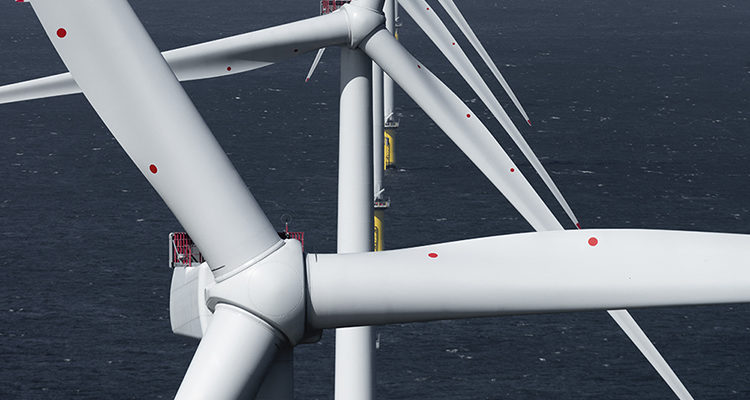It also means less risk of breakage in spinal screws or the degradation that has occurred with thermoset materials used in synthetic mesh to repair internal tissues. “You can’t afford to have contamination in the body,” says Anatole Gilliot, CEO of Suprem and one of the speakers at the Pultrusion Conference.
By first pultruding these materials, Suprem is able to ensure the best possible fiber alignment for the high-load transfers needed by these medical end products. Without appropriate load transfer, medical screws have been known to absorb a disproportionate amount of load, leading to progressive bone loss and screw loosening. The CFM process allows fabricators to increase the resulting part’s fiber content compared to other techniques, an increase that maximizes part properties such as stiffness.
However, pultruding thermoplastics presents some technical challenges, as these polymers tend to have a higher viscosity compared to thermosets. The lower viscosity of materials such as epoxy or vinyl ester, Gilliot explains, make it easier to impregnate continuous fibers without disturbing the alignment of the fiber and creating a void.
Suprem has developed a process to pultrude large content of high-performance fibers uniformly distributed within highly viscous thermoplastics. icotec’s CFM process then uses carbon/PEEK rods manufactured with this advanced technology. Rods are fed into a closed pre-heating cavity. The material is then axially transferred to the mold and formed under pressure.
 Thanks to these two processes, spinal screws and other medical fasteners can achieve fiber volume content up to 60%. In contrast, injection-molded parts may typically yield 30 to 40% fiber.
Thanks to these two processes, spinal screws and other medical fasteners can achieve fiber volume content up to 60%. In contrast, injection-molded parts may typically yield 30 to 40% fiber.
The resulting fasteners’ helically-reinforced threads further protect the component against abrasion when the screw is inserted into the bone. The transitional fiber orientation zone better transfers the forces introduced in the threads to the core, ensuring that the fasteners withstand high-load transfers without damaging the threads.
Gilliot notes that the company continues to review the way it pultruded materials in order to combine different materials or include functional materials.
Materials Spotlight: Advanced Fiberglass
While carbon fiber has gained traction as the reinforcement material of choice for many composites manufacturers seeking strength and rigidity, fabricators are finding that advanced fiberglass can also meet greater performance strength requirements for pultruded structural materials.
Patrick Haller, product director at Owens Corning, notes that improving reinforcement materials’ properties can have a significant impact on a part’s tensile and flex modulus and strength. While many fabricators focus on adjusting resins to achieve specific properties, innovations around the way the glass is made, the chemistry that goes into the glass, and its coatings also help fabricators achieve a stronger reinforcement material.
Haller calls Owens Corning’s high performance composites glass (HP-glass) a third step improvement in fiberglass reinforcement, following E-glass and ECR-glass. “The real improvement is in the mechanical properties,” he explains. “The strength and modulus in both the tensile and flex direction is about 10% better [than ECR-glass], and the corrosion resistance has gotten a little bit better too, specifically with respect to basic media.”
Higher performance glass has tremendous impact in ensuring that structural parts retain their stiffness and strength across significantly longer spans, such as wind turbine blades. “A lot of pultruded parts are structural in nature. It could be something like an I-beam, the surface of scaffolding, or a rail. By increasing the flex modulus by 8 to 12 percent, you can either make the part thinner or you can have a longer span between parts, which can reduce the weight of the system, reduce the cost of the system, open up design flexibility, etc.,” says Haller.
In addition to stronger products, a change in fiber reinforcement can also improve processability. “Our standard products offer fast, uniform strand wet out to reduce resin demand and increase process speed, and the same surface chemistry is used on the higher performance products to provide the same processing benefits,” Haller says. “Additionally, by using the new products and redesigning to use less glass, a fabricator will spend less time setting up a process or changing materials in and out for new parts.”
In many cases, the challenge is determining where it makes the most sense to move to a higher performing, and consequently more expensive, reinforcement fiber. It’s also a balancing act of determining when it is worthwhile to invest in the cost of redesigning a part and tooling to support the change in material.
“Our customers know their applications, they know their processes, they know their design. But one of the things that we can help do is make the connection between an improved material and an improved part in the market application,” Haller says. For example, using stronger glass yields automotive parts that are thinner and lighter which, in turn, leads to better fuel economy or better range for an electric vehicle. It can also lower the part cost, says Haller.
That is one of the most exciting possibilities to come from higher performing fiber reinforcements, he adds. “You’re paying more for a better material upfront but then using less of the material on the back end. You can actually save money in the process of improving performance for the part manufacturer.”
Improved performance is just one of many benefits of pultruded products. Innovations such as those presented here, and ones that will be on display during the 2021 Pultrusion Conference, highlight pultrusion’s ability to create high-quality, complex FRP profiles with consistent, repeatable mechanical properties. It’s an exciting time in this growing segment of the composites industry.



